Republican and nationalist tanks in the civil war 1936 - 1938 (part of 2)
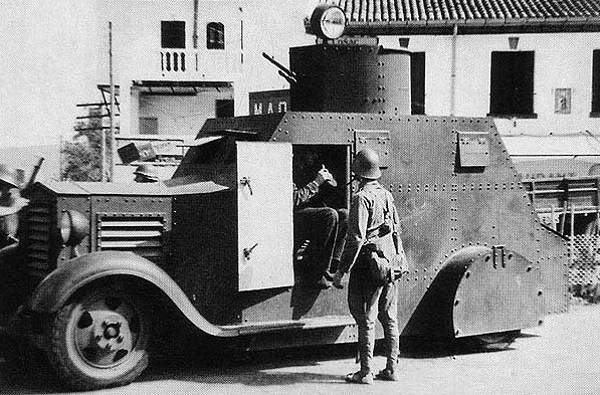
Armored car "Bilbao".
Thanks to the help of Soviet engineers Nikolai Alimov and Alexander Vorobyov, the Spaniards were able to manufacture their own armored vehicles UNL-35 or Union Naval de Levante T-35, also named after the plant, where their production began in January 1937. Some cars had a chassis from a Chevrolet-1937 commercial vehicle, and others from a Soviet ZIS-5, so they differed in their size, as well as power reserve and speed. But the weapons and reservations from them were the same: although the Republicans installed two 7,62-mm of their Napo machine guns on them, and the nationalists preferred the German Draize MG-13. They were used on the Madrid front, and in other places, the nationalists liked very much and became a very valuable trophy for them. And how they valued them, says at least the fact that they were in the Spanish army until the 1956 year.
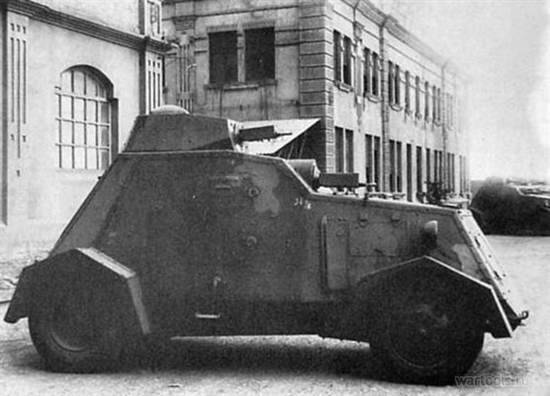
UNL-35
Those BA that were made on the Chevrolet SD chassis, which had a three-axle base, were designated as ACC-1937 - the “Chevrolet machine gun and cannon machine”, although at first its armament was only machine gun. Future General Pavlov insisted on replacing the turrets with machine guns with cannons, with 37 mm Pyuto guns tanks FT-17. All of them were actively used in battles and eventually ended up with the nationalists. They considered the ACC-1937 to be unarmed, put MG-13 Draise machine guns on it, and on some cars ... towers with BA-6, T-26 and BT-5, which could not be restored! These cars were very similar to the BA-Z / BA-6, but close by, that it was not they, it was noticeable. Two ACC-1937 vehicles entered France along with the retreating republican units. In 1940, they were in the hands of the Germans, and they, firstly, gave them the names "Jaguar" and "Leopard", and secondly ... sent them to fight in Russia! The Leopard had a 37 mm gun in the tower, but then it was removed, leaving the machine gun behind the shield. They were used against partisans, and there is information that, as a result, our units captured them!
UNL-35 (Projection)
A separate chapter in the Spanish epic - armored cars made by the hands of the Spanish workers, and they were made there by everyone who feels like it. Practically in every city or even a small village they considered it necessary to have an armored car. There is a truck chassis, there is sheet armor, there is a “boiler iron” - which means we are making our own armored car. How many Spanish historians did not try to count them all - nothing came of them, as well as to classify them. There are armored cars that look like a “barn on wheels”, while in some photos we see a BA with a tower in the shape of a dome and even with towers taken from T-26 and BT-5 tanks.
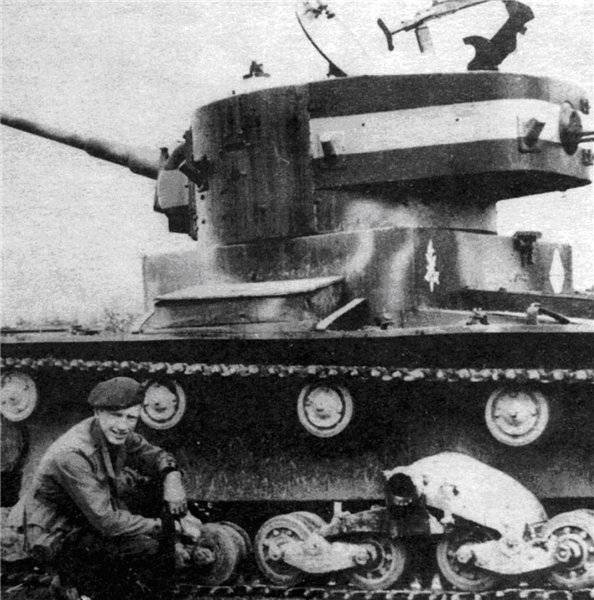
Tank T-26 nationalists with anti-aircraft machine gun.
Interestingly, nationalists as a whole were skeptical of improvised BAs, but they were used nevertheless. So, on the chassis "Ford Times" 7V they released the BA, used as a self-propelled mortar. 81-mm mortar on it was located in an armored body, in addition, it was armored hood and cabin. A machine gun could also be installed, and if the mortar was removed from it, then soldiers were carried in the car. It is believed that such BA well proven in battle.
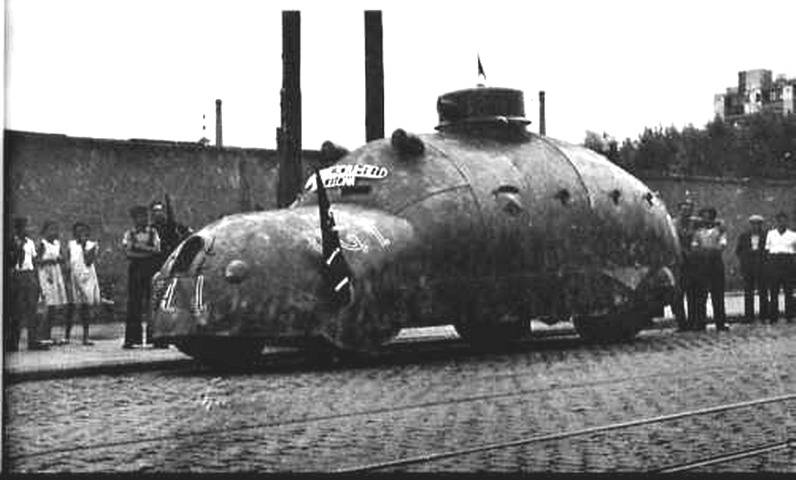
Most, perhaps, monstrous "tiznaos."
The Spaniards called all these BA “tiznaos” - “gray”, and, judging by the photo, many were really gray, while others were painted with inconceivable camouflage. The fact is that there was an instruction 1929 of the year, according to which all the armored vehicles in the Spanish army should be painted in “artillery gray” or medium gray. But the Spaniards called the German tanks “Negrilos” (black), which clearly indicates that they were much darker compared to the light Spanish color.
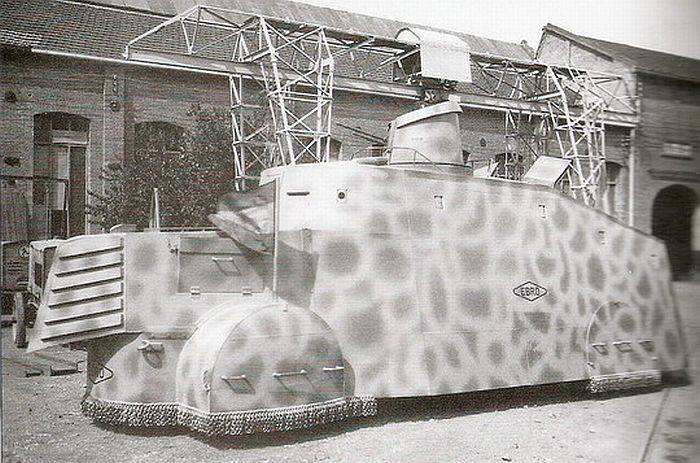
Spotted "tease".
“Bilbao” was also “tiznaos”, as it was painted in the same way. Then they didn’t pay attention to this, but it should be noted that many self-made BA carried on armor various inscriptions and abbreviations of the names of various syndicalist organizations - UHP, UGT, CNT, FAI - to which their creators belonged. If there were several of them on the same machine, it spoke of their “unity” at the time of the construction of this armored vehicle. The original solution to protect the tires from bullets and fragments, where they were not covered by armor, on these BA steel chains attached to the armor plates at the wheels. Later, the Israelis will defend their Merkava tank with similar chains from RPG grenades.
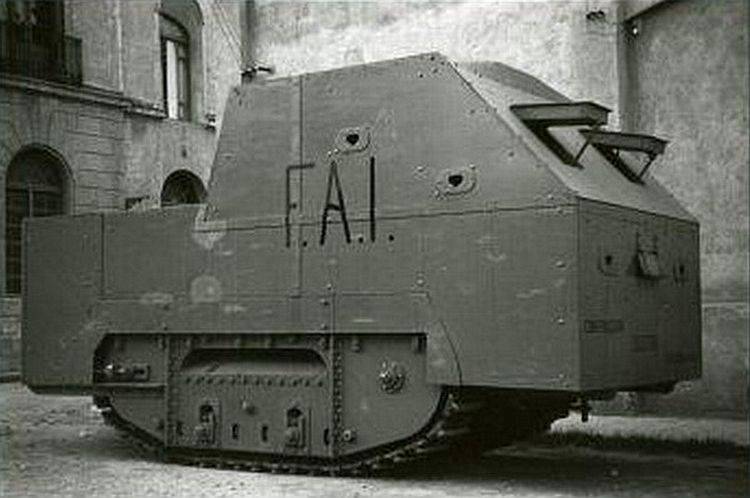
"Tiznaos" on the basis of the tractor.
It should be noted that tanks and armored vehicles in Spain were destroyed with such primitive weapons as gas bottles, and the Italian tankettes and German Pz.I also skillfully undermined the famous Dynamiteros (dynamites), for which bags and bags with dynamite were used. there were plenty of Spanish miners. But the main damage to the armor in Spain caused artillery. It was in Spain that the X-NUMX mm anti-aircraft gun RAK-88 (which turned out there already in October 36) was used for the first time, and, in addition, many different-sized guns from different countries of the world: Schneider M. 1936, 70 mountain guns -mm Krupp guns M. 1908, 75-mm mountain howitzers M. 1896 of Italian production were also there, and they were sent to Spain 65 pieces.
Among the most effective should be noted the Soviet and German anti-tank guns caliber 45- and 37-mm. The Italians used the Breda M-47 infantry gun 35-mm infantry weapon, and the Spaniards with the 40-mm also Ramirez de Arellano infantry gun mod. 1933 of the year. The 37-mm Bofors and Maclean automatic cannon of the 1917 model of the year was also used in Spain, so the arsenal of anti-tank weapons in the Spanish civil war was quite extensive.
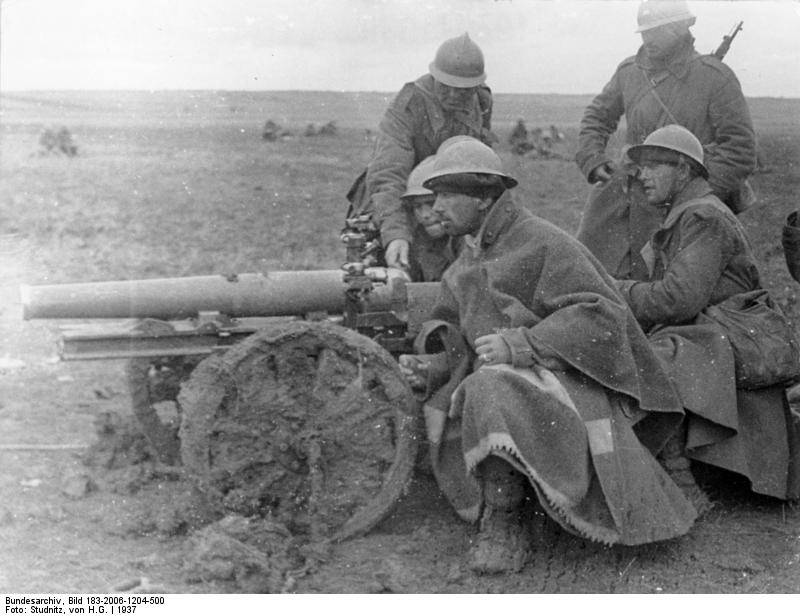
65-mm mountain howitzer near Guadalajara.
All these guns had armor-piercing projectiles, but only the German and Soviet anti-tank guns of the 37-and 45-mm caliber and the Bofors gun were really anti-tank. The small size allowed them to easily disguise, so that they could hit the enemy tanks long before they noticed them.
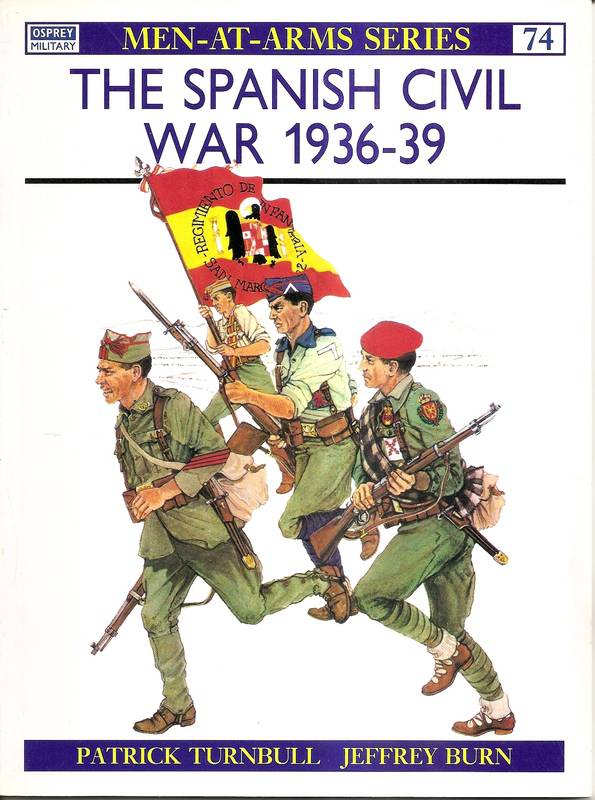
And the destructive power of 37-mm and 45-mm cannons on tanks affected almost immediately, but ... and this is the most surprising, for some reason, nothing was done to strengthen the booking of tanks during the whole war in Spain! We can assume that it was difficult, say, to put additional armor on tanks that were supplied from the USSR, because they were serial machines, but ... what prevented them from taking care of it on the spot? After all, the Spaniards found armor for their homemade BA! Factories in Spain could easily produce 5,8- and 12 mm armor, the sheets of which could strengthen the booking to 25 (13 + 12), 33 (8 + 12 + 13) and even 55 mm (8 + 12 + 13 + 12)? Later, BT-5 was booked in this way during World War II in Odessa, and even in besieged Leningrad. And what prevented to do the same in besieged Madrid, Barcelona, or in the same Valencia? Well, at the worst "book" tanks could be sandbags. Americans did not hesitate to use such a reservation on Sherman tanks. But in none of the photos of those years, we see a single tank with additional armor. What is it, stupidity, the usual carelessness or something else, to say, of course, now it is impossible.
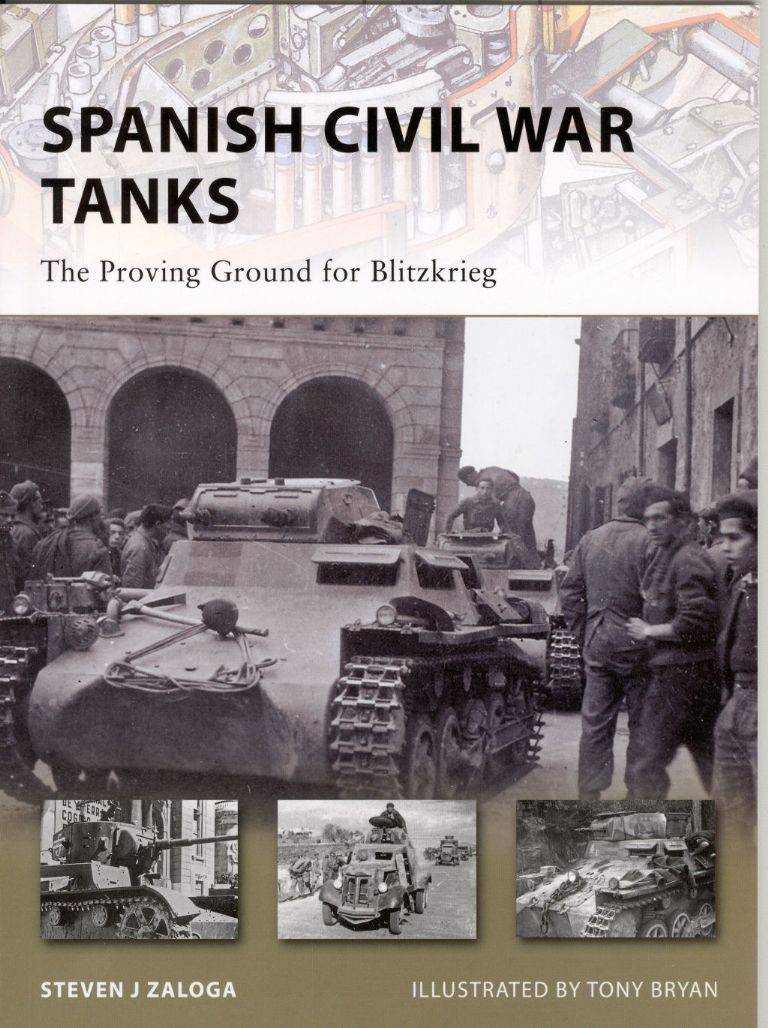
The only example of the conversion of tanks in Spain is the installation on some German Pz.I 20-mm Breda’s rapid-fire gun, which was replaced by machine guns that were ineffective against tanks. At the same time, the tower was equipped with an armor plate curved in its shape, increasing its height and dimensions, however, no additional armor was installed on them either.
There have been no attempts to strengthen the armament of the Italian tankettes. Twin machine guns Fiat-14 or 35 caliber 8-mm, and a pneumatic flamethrower with 125-liter fuel reserve (25% gasoline and 75% gasoil), with a range of all 50 - 60 m were considered, probably, quite sufficient weapon end of the war!
SOME CONCLUSIONS
The Spanish Civil War 1936 – 1939, which ended in victory for the nationalists, became the number one event for Europe of the 30s. In our country, the Franco regime, which was established there, was condemned for many years very skillfully, but only over time they began to notice the fact that Franco was able to lead his country in such a way that Hitler and Mussolini could not embroil him in the World War, considered him acceptable until his death. But in the military sphere, Spain has ceased to play any role.
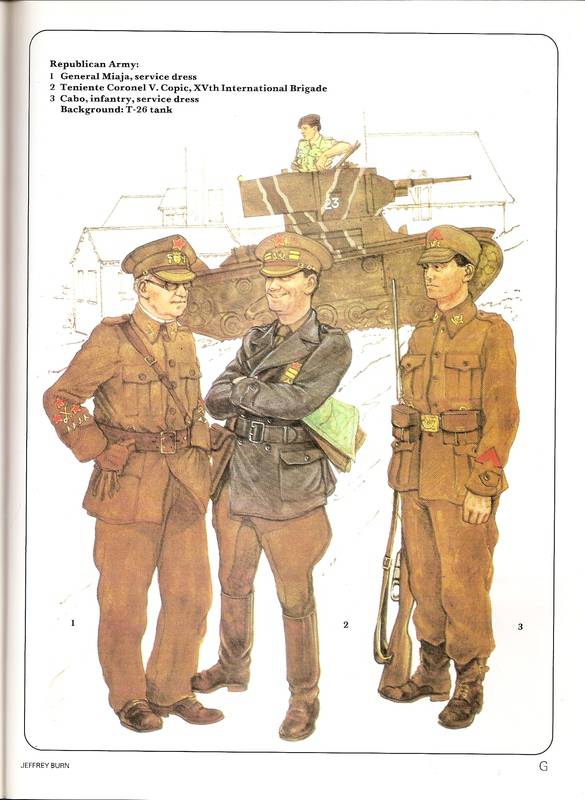
Fighters of the republican army and the Soviet T-26.
As to the conclusions made by military experts from different countries of the world, they were very interesting. Thus, the German generals * fully believed in the superiority of their military doctrines and new military equipment. After all, they even started a war against the USSR with the same PAK-36 37-mm caliber, which coped well with T-26 and BT-5 in Spain, but against T-34 and KV is frankly weak. The Germans brought the frontal armor thickness to their 30 mm, which gave them protection against 45-mm projectiles at a distance of their direct shot, that is, they had ... a clear "dizzy with success." According to the German military authorities, who studied the experience of the Spanish war, certain shortcomings of the technique had to be compensated by the excellent tactics of the German generals and the discipline of the soldiers.
But in the USSR, the defeat of the Republicans caused an obvious shock, which is why those who reported "upstairs" about their observations, first of all, rested on the shortcomings of technology and only then spoke about miscalculations in command. It was from here that the orders to the designers for such thick-armored tanks were sent so that no projectiles could hit them, so that even in the case of the most inept commanders, they could win at the expense of their exceptional power. But this was also the reason for the shyness in choosing caliber artillery VET, so even just hearing about German tanks with X-NUMX-mm thick armor was enough for quite successful "forty-fives" to be removed from service. The Stalinist leadership understood that the decisive advantage of Russia has always been its truly inexhaustible human resources. From here and an obvious conclusion - to transfer all tanks to infantry, and to disband large mechanized parts. The huge mass of tanks, sweeping along the way of any enemy, the infantry, moving behind them - that was what should have brought victory in the coming war. Well, the supply of military personnel depended on many reasons **.
The most interesting thing is that in the end everything turned out just that way, and the look at the tank as a fighting machine capable of fighting with any crew and with any command (it is clear that it has never been official) was maintained and then for quite some time. What the Soviet editions wrote about even in the 1988 year ***.
* Already returning to Germany, von Thom repeatedly said and wrote that Spain for Germany is the same “European Aldershot”, that is, it directly hinted at the weapons testing ground in England.
** A good example of the organization of the "life" of pilots in the Franco is the daily routine of pilot M. Ansaldo, who fought on the Northern Front, cited in the monograph by Hugh Thomas: 8.30 - he has breakfast surrounded by family; 9.30 - arrives at its unit, then flying to bomb the Republican positions; 11.00 - he has a rest - playing golf in Lazarte; 12.30 - then swimming and sunbathing on the beach in Ondarreto; 1.30 lunch - beer with a snack in a cafe; 2.00 - the second lunch in his house; 3.00 - siesta (for the Spaniards this is holy!): 4.00 - repeated combat mission: 6.30 - cinema; 9.00 - now also an aperitif with good scotch-whiskey in the bar: 10.15 - finally ends the day with a dinner for pilots in the Nicholas restaurant with military songs in chorus, war-fraternity warmed up by wine pairs and general enthusiasm at the table ... Well so you can fight, right?
*** V. Shlykov. ARMOR STRIP (Tank asymmetry and real security). INTERNATIONAL LIFE, No. 11, 1988. C. 39-52.
REFERENCES
1.Hugh Tomas. The Spanish Civil war. Penguin books. 1990 G.S. 1115.
2.Javier de Mazarrasa. Blindados en Espana. La Guerra civil 1936 — 1939. Quiron ediciones. 1991. C. 106.
3.Blindabos y Carros de Combate espanoles (1906 — 1939). Defensa. No. 45. 1996. C. 64.
4.Artemio Mortera Perez. Los carros de combate “Trubia” (1925 — 1939). Quiron ediciones. 1994. C. 71.
5.Patrick Turnbull. The Spanish Civil war 1936 — 1939. Osprey. 1995. C. 40.
6.Ken Bradley. International brigades in Spain 1936 — 1939. Osprey, 1994. C. 63.
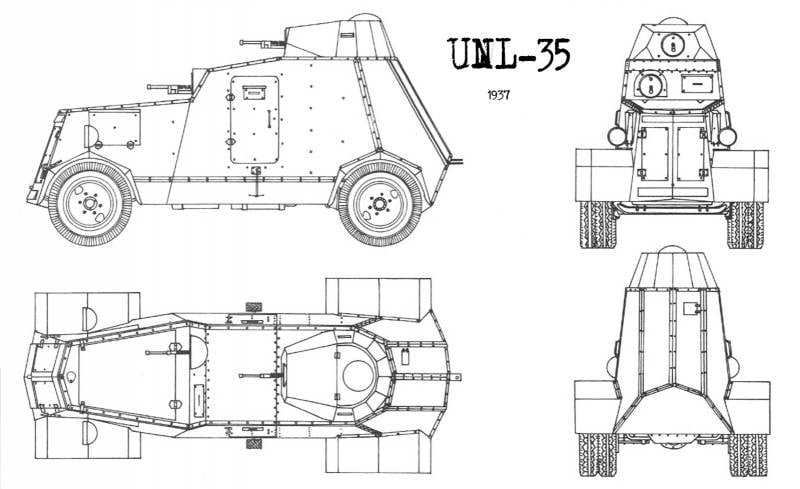
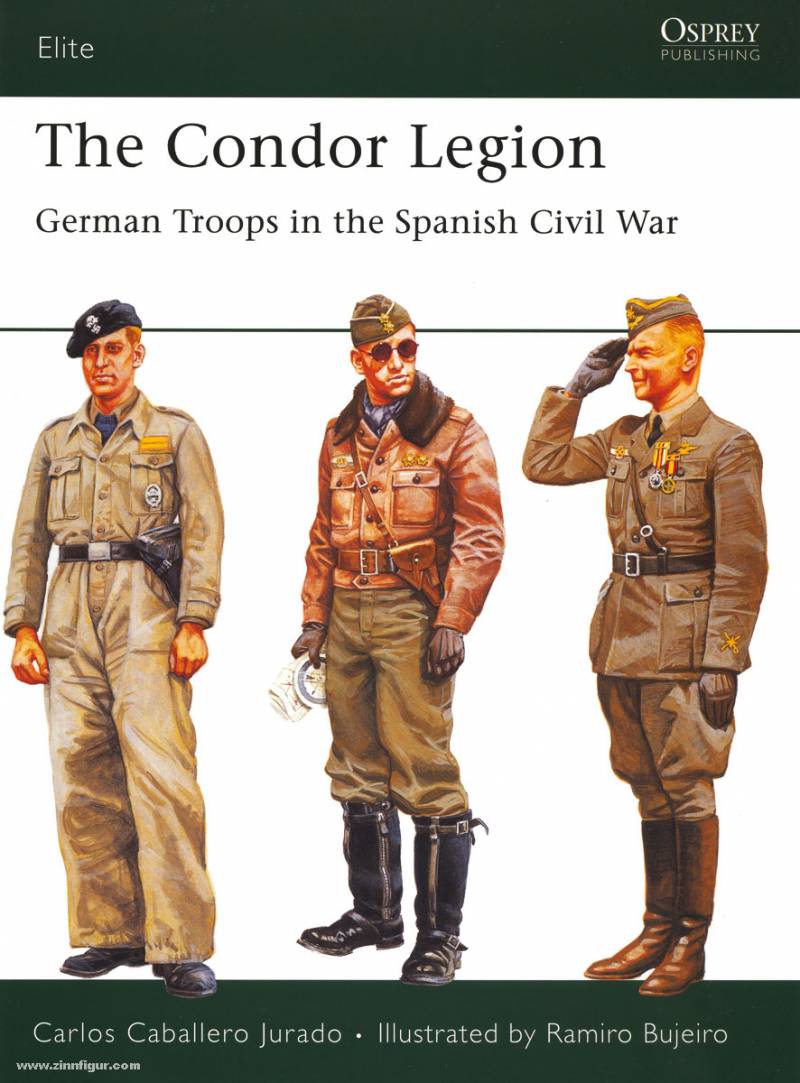
Information